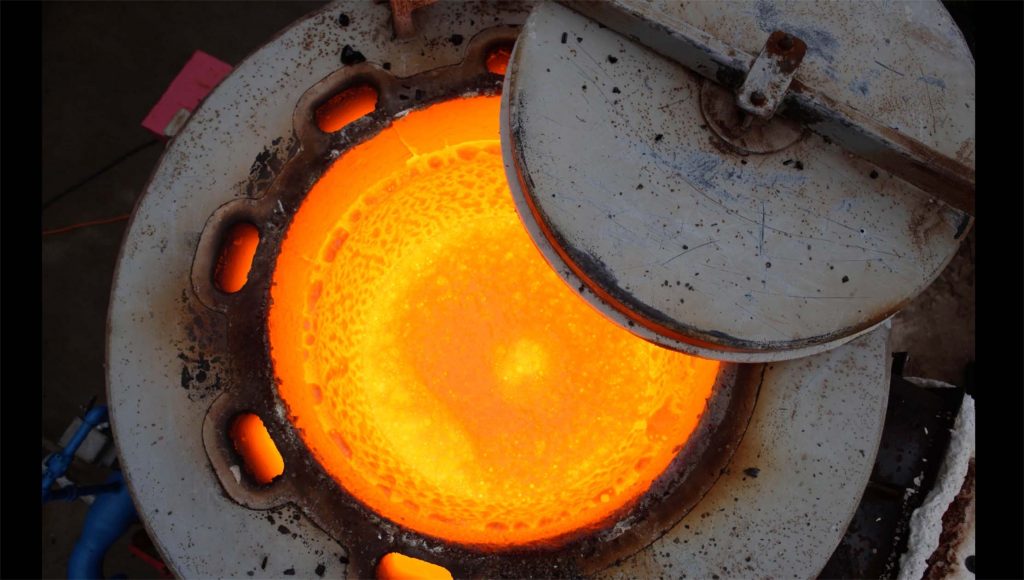Lectures with Christoph Miller –Offshore, Veronica Fuerte –Hey, Vince Frost –Frost Collective, Sam Bompas –Bompas & Parr, James Stringer –Werkflow
In this week’s lecture our panel covered two questions –
How do you visualise and develop your initial ideas?
and
What are your points of inspiration, theories and reference
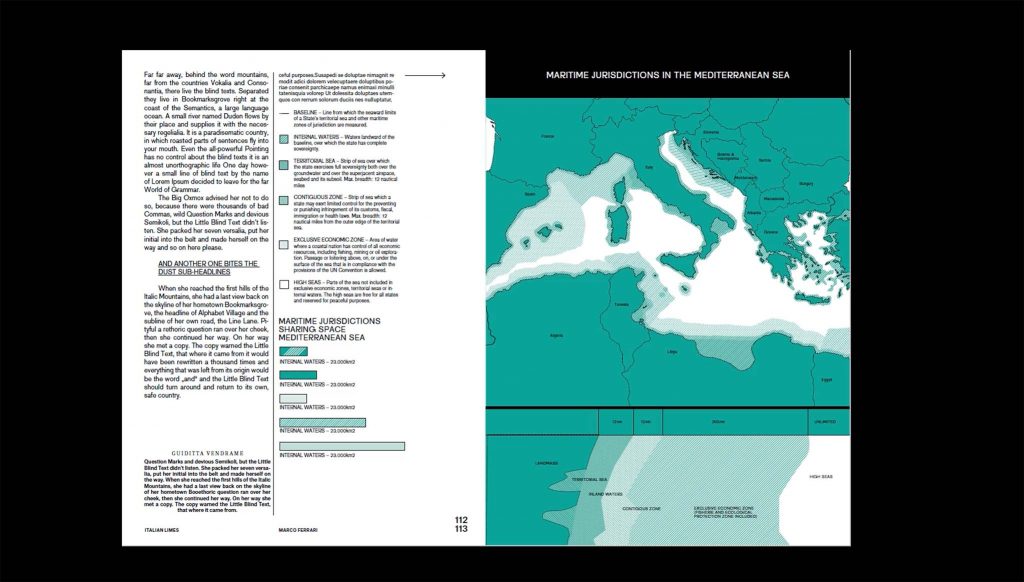
Christoff Miller likes having a partner to bounce ideas off of. He spoke about how their styles are so different and they react to a project really builds off one another. He is more likely to go use digital techniques, while Isobel starts with sketching. Both of them start with research, and he spoke of the concept of “the third mind” which is a creative gestalt that develops in a good partnership.
The project I am pursuing is will include a collaborative relationship with my husband, and this is not my usual way of working, so I’m excited to see what develops.
Miller also takes inspiration from a broad range of influences. He especially loves Swiss design, but is inspired by art, photography, architecture, anything visual. He finds it hard to pare down his interests to focus on a project, as there are so many directions they are interested in. They love to pull something unexpected from a design, aiming for something weird or surprising.
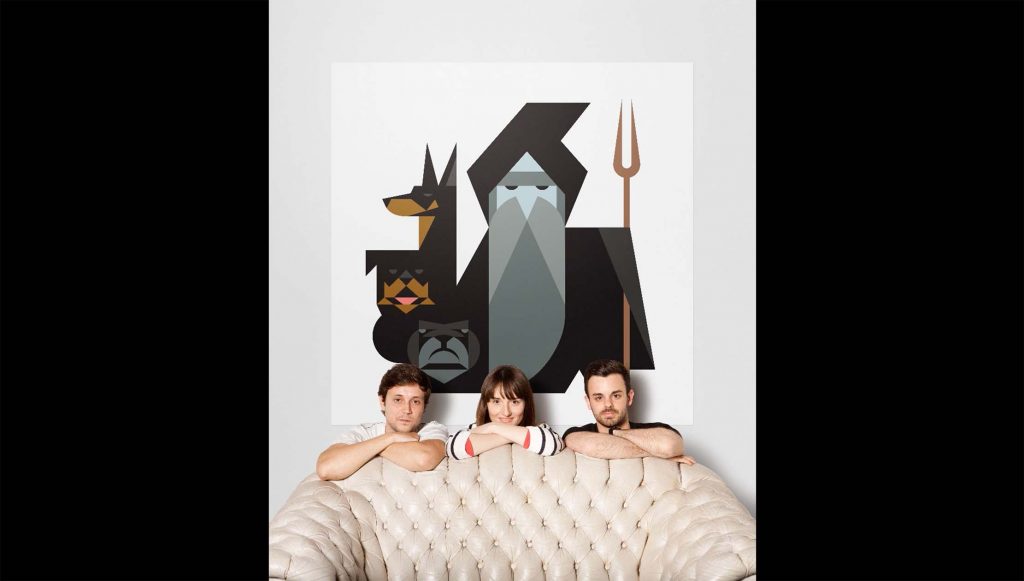
Veronica Fuerte works in the same way, whether she is working on a client’s brief or a personal project. The difference is that with a self initiated project she can skip the step of client buy-in, and she is free from outside deadlines. She loves bright and modern design from the 60s and 70s, and it is easy to see this influence in her work. She is aiming for work that is clean and directly engaging, that appeals to both young and old and that feels contemporary while hearkening back to her influences.
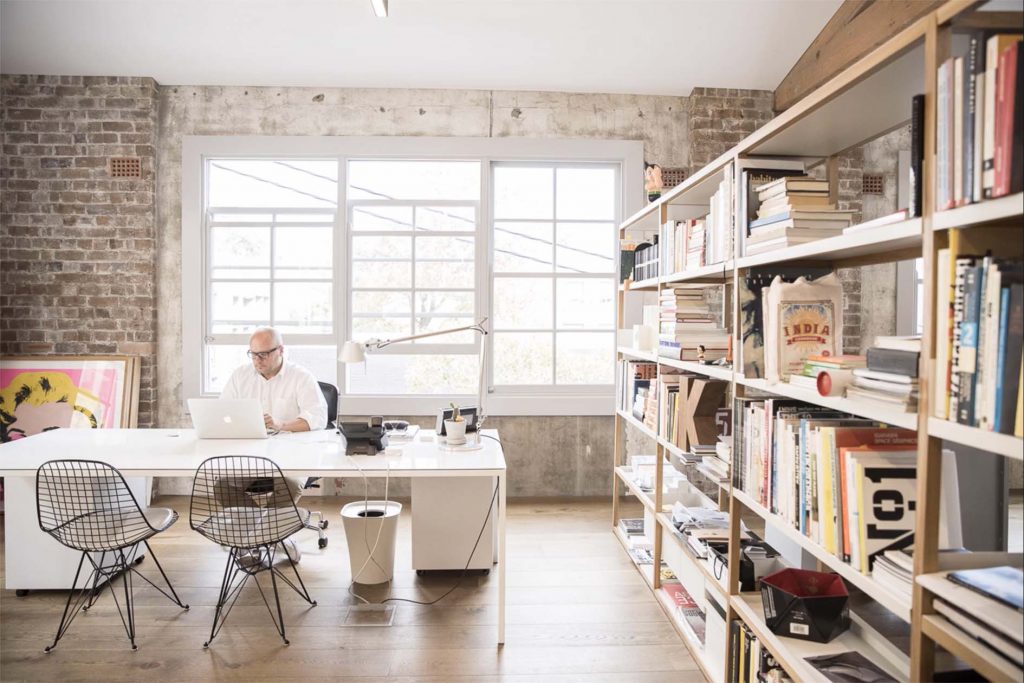
Vince Frost loves his moleskines, and always starts a project on paper. He will occasionally start directly in a digital format, but is more comfortable working on paper to start. This really resonates with me. Projects always work better if I take the time to make some thumbnails or associate before I start. Paper helps me to think and to organise my ideas in a way that working directly on the computer does not.
I need to get back to keeping a proper sketchbook – I tend to have a lot of bits of paper that get chaotic, and I’m left trying to find the specific bit I scribbled something down on. This is also difficult because I need to make notes for my work as the day goes on, mostly job numbers or cmyk codes I need to reference in the next few minutes and then discard, so my notes tend to get jumbled up with these scattered bits or a grocery list. Maybe I need to have two notebooks, and try to keep them separated a bit better! I also appreciated Frost’s influences, he is inspired by what is around him, the city he lives in, the people he meets, he says –
“For me, the inspiration comes from being aware, being open, listening, looking, questioning.I see things that inspire me, I see things that frustrate me, I see things I know could be better and that inspires me to think about doing things better as well.” (Frost 2021)
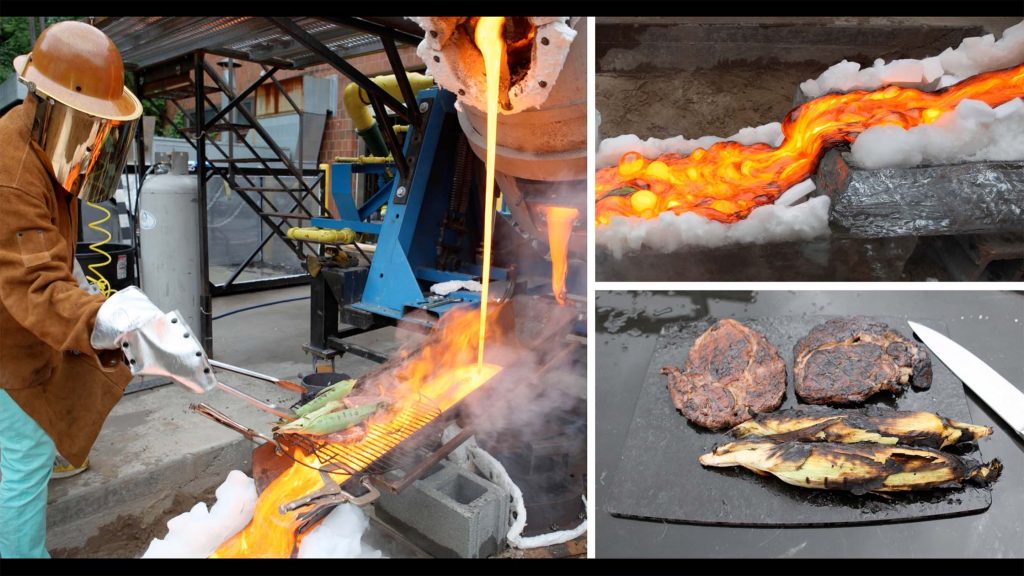
Sam Bompas does a lot of research to kick start his projects. He uses books as a creative resource and writes to define his ideas. I think he has an interesting perspective as he does seem to be all about concept and not about craft as he turns over ideas to a creative team to realise. His advice is to use the tools you are good at, and to have a talented team of creatives to work with. He points out that you spend your entire life collecting ideas and inspiration, and then use that databank when you are asked to respond to a brief. He is a believer in the “two word idea” the concept of boiling an idea down to be instantly striking. He collects these two word ideas, and if most of them are terrible, well, he only needs a few good ones.
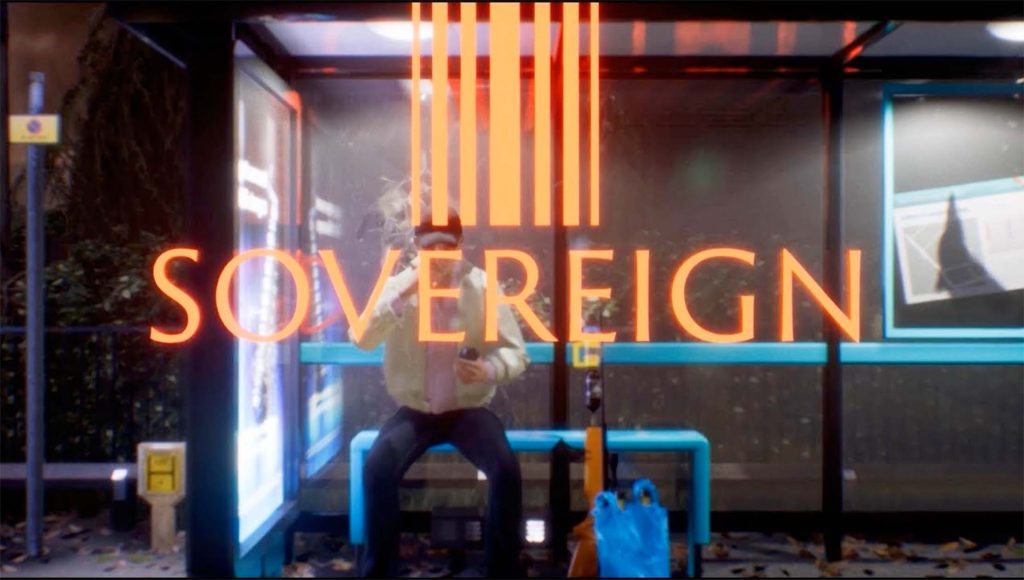
Werkflow’s project is especially interesting to me for this project. They approach everything very visually as that is where their experience and skills lie, but in pursuing this project they have had to learn a lot of new skills and think about their project as a video game narrative. An engaging video game uses non-linear story telling, which is a difficult thing to develop! They’ve needed to collaborate with a lot of others, bringing in programmers, photogrammerty scanning studios, and motion capture studios to help them develop a richer storyline and gameplay experience. They are inspired by social realist cinema, other games and music. As their game is set in a specific time and place, all of these elements are incredibly important to them.
Further research
Trying to learn new (and very complicated!) software is always a challenge. I would rather the logo reveal be completely simple and basic than look like a template option or an explosion at the plug-in factory. This is difficult as the best way to learn is to follow along with tutorials. After a chat with Ben, I’m going to focus on finishing a few tutorials to get to grips with the software workflow, and then focus on storyboarding my video and how I want it to work. I may not be able to achieve my goal, but it is better to document the attempt and fail than not try at all!
12 principles of animation
- Squash and Stretch
- Anticipation
- Staging
- Straight Ahead Action and Pose to Pose
- Follow Through and Overlapping Action
- Slow-in and Slow-out
- Arcs
- Secondary Action
- Timing
- Exaggeration
- Solid Drawing and Solid Posing
- Appeal
This video about conservation in West Penwith was an excellent resource. This area is so rich in history and beauty, and it is important to document and preserve it.
Workshop Challenge
Design five different mood boards to clearly demonstrate how you might research, develop and apply your self-initiated project.
Develop five initial rough visuals in response to your self-initiated project brief. Your rough visuals can be a sketch, design mock up or rendering. Post your five initial visuals onto the Ideas Wall, to gain peer reflection.
My mood boards all felt a bit the same in the end, but they gave me a firm direction with the colour palette and feel I was looking for, and a good start in my logo process.
